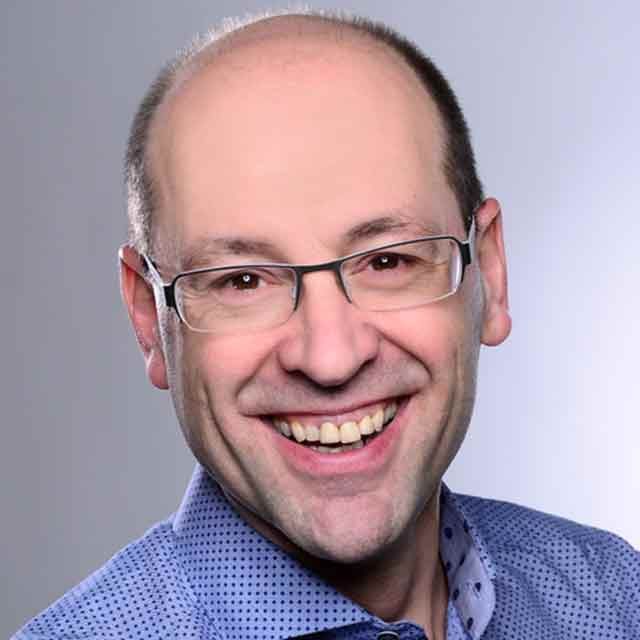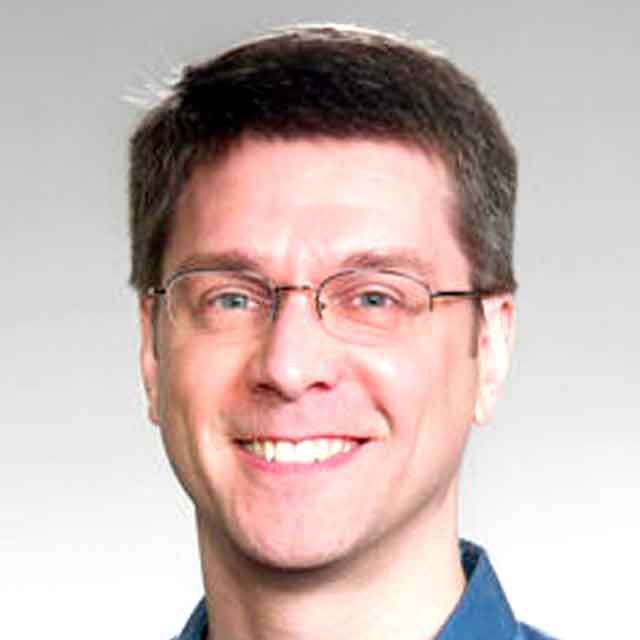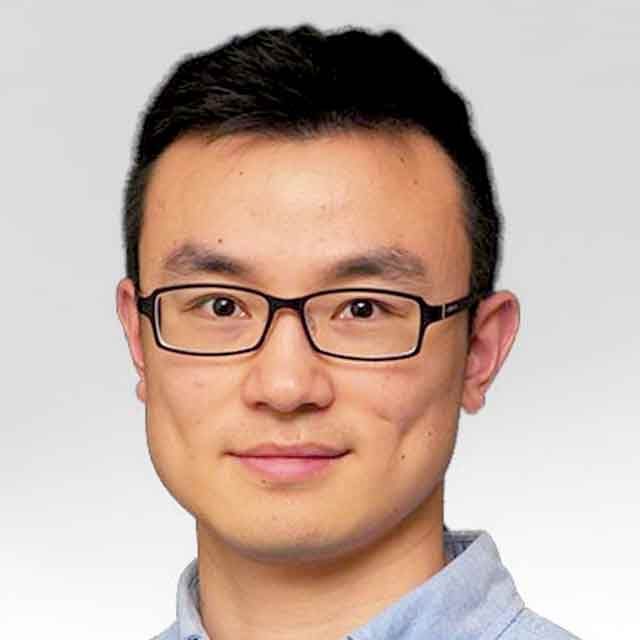Abstracts
Keynote: Transforming Software Development for Future Autonomous, Electrified, and Connected Commercial Vehicles
8:40-9:05 a.m.
Innovative use cases in the field of autonomous, electrified, and connected commercial vehicles, as well as changing usage, lead to the need to add functionality after production.
Today, software features are defined during development. Later, new functionality or application updates can only be done in the service workshop or by specialist on site, if at all.
To change this situation, Bosch develops an open ecosystem starting from the development environment in the cloud up to the global management, licensing, and distribution of software applications, with new simulation and model-based design approaches woven into the workflow. The ecosystem supports a uniform function development approach throughout the lifecycle of the vehicle, from concept through aftermarket.
This approach enables the introduction of customer-specific functionality, on short notice and at any time worldwide. A Firmware-Update-Over-The-Air (FOTA) as well as adding dedicated software applications (Software-Update-Over-the-Air, SOTA) is supported.
This presentation discusses the basic approach and development steps, and gives examples.
Keynote: A Look to the Future with Model-Based Design
9:05-9:30 a.m
Massive change is under way in the automotive industry with trends in vehicle electrification, autonomous driving, and wireless connectivity. In this talk, Andy Grace, who leads the development of products for Model-Based Design at MathWorks, shares his vision for increased usage of simulation, design automation, and artificial intelligence to accelerate these trends.
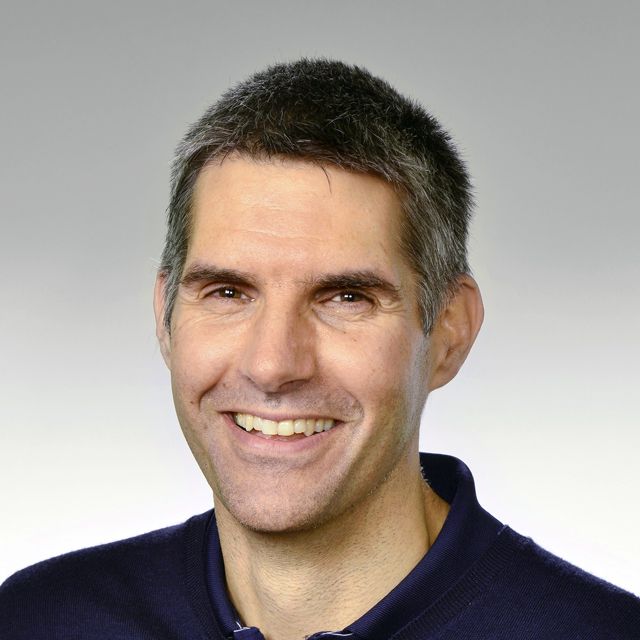
Andy Grace, MathWorks
Building Battery State-of-Health Estimation Pipelines for Electrified Vehicles
9:30-9:55 a.m.
This talk gives an overview of battery state-of-health (SOH) estimation and prognostics modeling that uses data generated from the vehicle model in the cloud. The vehicle model is comprised of a Simulink® based electric vehicle model that includes Li-Ion cell chemistry-based battery models. While building battery state-of-health pipelines, it is difficult to capture real data from the vehicle in various driving conditions. We took the approach to leverage a calibrated Li-Ion Cell Chemistry model to generate the required data in various driving conditions. We pushed this data to the cloud, then had the data pipelines pick this data and do all the downstream processing. This enabled us to build the data pipelines and the analytics stack without having extensive vehicle data. As we have now started getting real data, we are validating this analytics stack. This talk also discusses leveraging the Simulink code-generation feature to generate C-code and its feasibility for real-time in-vehicle SOH estimation.

Nilesh Kulkarni, NIO Inc.
Simulink for Adaptive AUTOSAR
10:25–10:45 a.m.
Adaptive AUTOSAR is a modern software framework intended for high-performance, on-board computers often used in autonomous systems. Based on POSIX and C++, it supports dynamic and updatable software and services-oriented communication, and has extensions for safety and security. In this talk, MathWorks introduces you to Adaptive AUTOSAR concepts and showcases how the Simulink® family of products offers direct support for Adaptive AUTOSAR, including:
- Modeling and simulation of Adaptive software components using service-oriented communication
- Support for AUTOSAR Adaptive schema 18-10
- C++ production code generation with Adaptive middleware interfaces (ara::com), and AUTOSAR XML export

Mark Danielsen, MathWorks
System Simulation for Robust Calibration and Diagnostics
10:45–11:10 a.m.
Cummins Inc. is the world’s largest independent diesel engine manufacturer, celebrating their 100th year of operation in 2019. Cummins manufactures and supplies engines ranging in displacement from 2.8L to 95L using a variety of fuels to a diverse customer and applications base across the globe. The combination of tightening global emissions standards, increased customer expectations with regards to reliability, and demands for improved fuel economy from production line to Emissions-Useful-Life (EUL) presents a complicated set of technical challenges across all their product lines.
To help meet these technical challenges, Cummins is utilizing MathWorks tools to perform simulations both in a hardware-in-loop (HIL) environment as well as using a fully virtual model-in-loop (MIL)/software-in-loop (SIL) environment with engine and aftertreatment plant models. Using these models, Cummins can perform both sub-system and system-level performance characterization and robustness testing, which is typically expensive, difficult, or impossible to accomplish in the real world. This simulation data is used to provide guidance to programs on controller tuning and to inform decisions on system performance and diagnostic robustness.
System simulation (engine, aftertreatment, and controls) use cases for performance and diagnostic validation using MathWorks tools are demonstrated in this presentation. Evaluation of model fidelity, identification of customer clusters, noise factor robustness testing, system simulation, and evaluation of performance and diagnostic capability use a number of tools to deliver efficient virtual product validation. Using examples from a recent program, Cummins shares how MathWorks tools are being applied in support of continuous product improvement efforts.
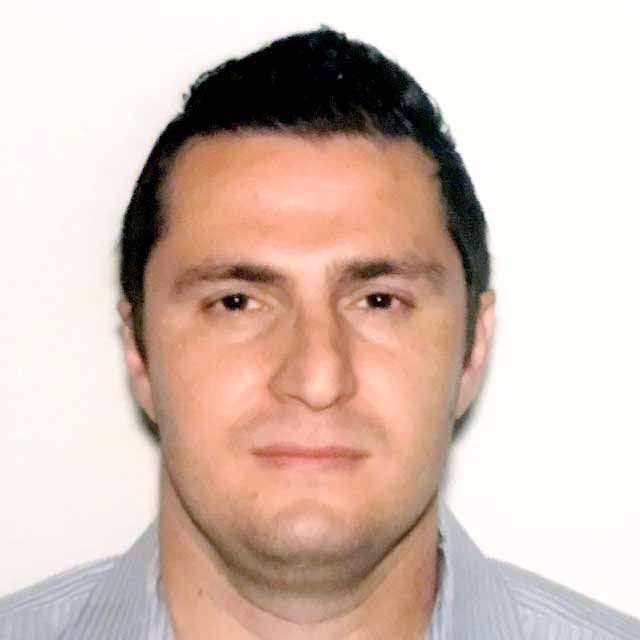
Mert Zorlu, Cummins Inc.
On the Road to Autonomous Systems and Autonomous Driving
1:30-1:55 p.m
Achieving human-level driving through automated mechanical/dynamic systems has been a 10+ year-long mission/problem which has welcomed several approaches from pure statistical learning-based strategies to many applications from control theory, real-time optimization, and stochastic systems. With this in mind, we would like to share NIO’s story on how we approach autonomous driving, and our adventure on the road to achieving L4 autonomous driving capabilities.

Kamran Turkoglu, NIO, Inc.
Planning Model Architecture and Modeling Patterns for ISO 26262 Compliance
1:55-2:20 p.m.
The ISO 26262 standard for functional safety provides guidance on the development of automotive electronics and electrical system, including embedded software. A common challenge is to determine the strategy, software architecture, and design patterns up front in a project to achieve standard compliance and to avoid mid-project changes to these foundational areas. In this presentation, MathWorks engineers will address the following topics based on their experiences applying Simulink® to production programs that require ISO 26262 compliance.
- Key considerations for model architecture for ISO 26262 compliance
- Modeling constructs required to meet freedom from interference
- Applying the above best practices to meet AUTOSAR at the same time
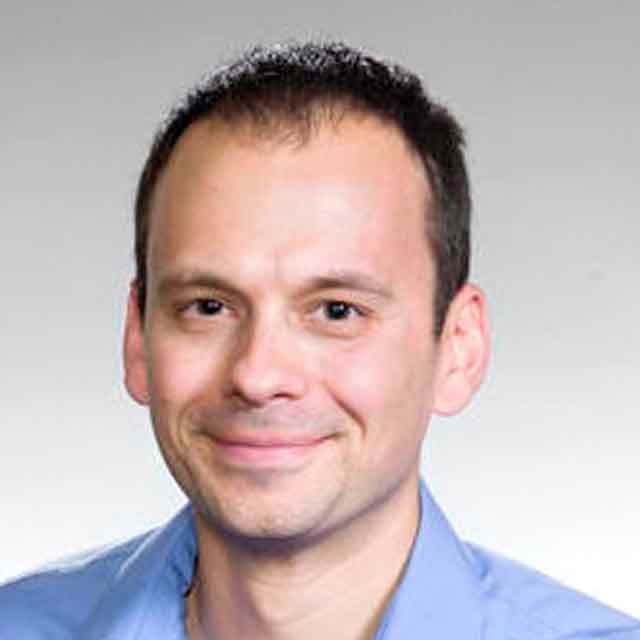
Jason Moore, MathWorks
Keeping System Documentation Current With the Increasing Pace of Agile Product Development
2:20-2:50 p.m.
The fast pace of the Agile methodology requires OEMs and Tier 1 suppliers to work hand in hand to develop and refine requirements and make quicker interim deliveries. Advances in Simulink® and Polarion® ALM have facilitated requirements linking to models assisting systems engineers in developing and documenting requirements for the new control strategies. Advances in MATLAB® and Simulink Report Generator™ enabled the auto-generation of documentation from the models assisting systems engineers to create current and correct documentation for the customers. A concept will be proposed to merge linked requirements in Polarion ALM with the auto-generated documents from Simulink models. Known APIs that can enable this merge will be summarized. This proposed concept will provide an all-encompassing auto-generated document that will save time in providing up-to-date documentation for controls and diagnostic strategies.
What’s New in MATLAB and Simulink for ADAS and Automated Driving
11:15 a.m.–12:00 p.m.
ADAS and autonomous driving systems are redefining the automotive industry and changing all aspects of transportation, from daily commutes to long-haul trucking. MATLAB® and Simulink® provide the ability to develop the perception, planning, and control components used in these systems.
In this talk you will learn about these tools through examples that ship in R2019a, including:
- Perception: Design LIDAR, vision, radar, and sensor fusion algorithms with recorded and live data
- Planning: Visualize street maps, design path planners, generate C/C++ code
- Controls: Design model-predictive controller for traffic jam assist, test with synthetic scenes and sensors, generate C/C++ code
- Deep Learning: Label data, train networks, generate GPU code
- Systems: Simulate perception and control algorithms, integrate and test hand code

Mark Corless, MathWorks
Evaluating Path Planner and Vehicle Controller for Automated Parking
3:20-3:50 p.m.
Learn how to design a path planner and vehicle control algorithm for an automatic valet parking feature. The presenter will demonstrate regression testing to evaluate the functionality of the path planner and vehicle controller in simulation by varying actors in the scene.

Shusen Zhang, MathWorks
Design and Test Decision-Making, Path-Planning, and Control Modules in Traffic Scenarios
3:50-4:30 p.m
Learn how to design a lane-following and lane-changing algorithm for a driver assist feature in highway driving. The presenter will demonstrate system-level simulation to test the decision-making, path-planning, and control modules in traffic scenarios.
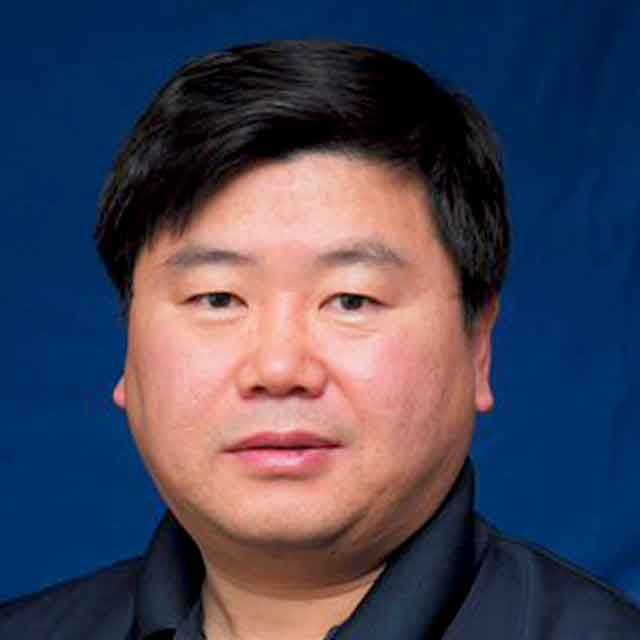
Seo-Wook Park, MathWorks
Tackling Fleet Test Data with MATLAB
11:15 a.m.–12:00 p.m.
Can your data analytics technology keep up with the rising data intake from a connected test fleet? Are you able to find interesting events in stored data, and zoom in and out with ease? In this talk, Will Wilson will demonstrate how to implement engineering applications quickly and efficiently with MATLAB® to:
- Automatically detect events of interest and zoom in for signal-level insight
- Verify analytics on both the desktop and cluster
- Deploy the analytics to keep up with the continuous intake of test data
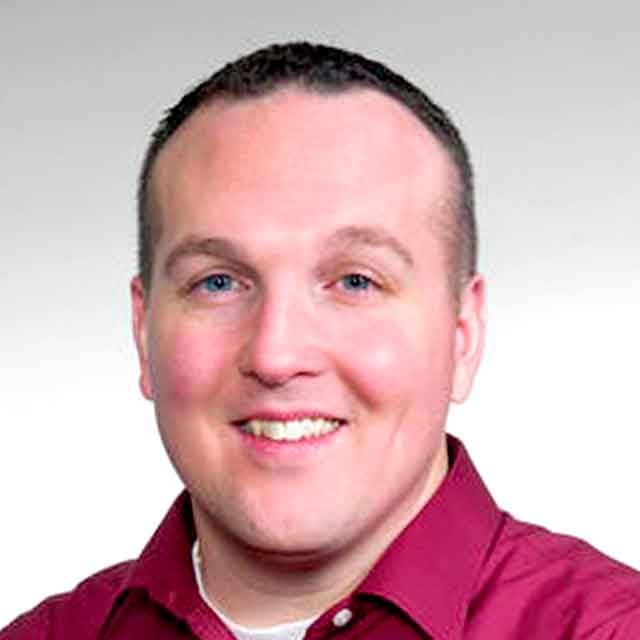
Will Wilson, MathWorks
Reinforcement Learning: Leveraging Deep Learning for Controls
3:20-3:50 p.m.
Reinforcement learning allows you to solve control problems using deep learning but without using labeled data. Instead, it uses a model of your system that captures the appropriate dynamics of the environment, and learns through performing multiple simulations. This simulation data is used to train a policy represented by a deep neural network that would then replace your traditional controller or decision-making system.
In this session, you will learn how to do reinforcement learning using MathWorks products as well as how to set up your environment models, define the policy and its various hyperparameters, and scale training through parallel computing to improve performance.
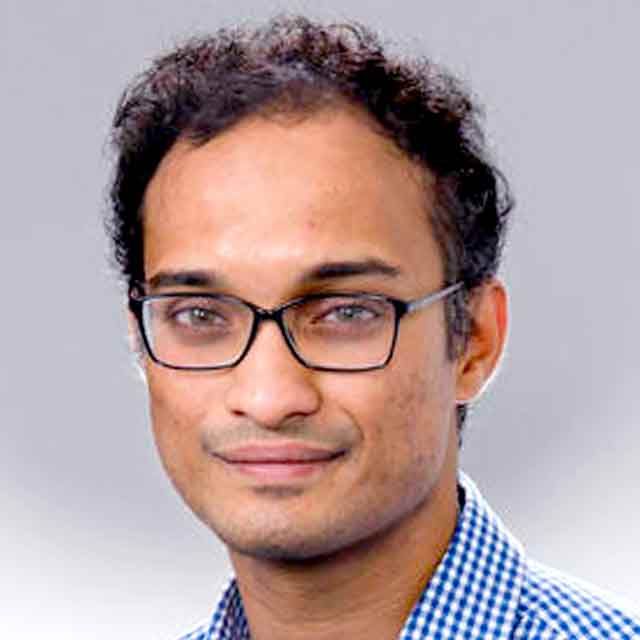
Aditya Baru, MathWorks
Applying Artificial Intelligence to Product Development
3:50-4:30 p.m.
Artificial intelligence has produced better-than-human accuracy and saved time through automation in many industries. This talk will discuss how deep learning and machine learning can be applied to image, signal, and text data for applications such as extracting critical events, implementing automated driving, and controlling machines. In addition, you’ll see how MATLAB® uses built-in algorithms and apps to save time in key parts of the AI workflow, from data handling to labeling to code generation.

Arvind Jayaraman, MathWorks
Full Vehicle Simulation for Electrified Powertrain Selection
11:15 a.m.–12:00 p.m.
Full vehicle simulation models are needed to assess attributes such as fuel economy and performance for each candidate. At times, this requires integrating models from different engineering teams into a single system level simulation. Integrating these subsystems, including many controllers in model or code together in a closed-loop testing environment, can be challenging. In this session, you will learn how MathWorks automotive modeling tools and simulation integration platform can be used for powertrain selection studies.
Virtual Design of Electrified Powertrain Systems
3:20-3:50 p.m.
Electrified powertrain engineers design the battery pack, power electronics, and electric machine to meet requirements cascaded from vehicle system level simulations. The motor is energized by a battery that is far from being an ideal voltage source. For example, power delivery from the battery varies as a function of battery State of Charge (SOC), State of Health (SOH), and temperature. On the motor control side, optimal id/iq combinations need to be calibrated, considering fluctuations of the voltage source. In this talk, MathWorks engineers will show how to design a system that is robust to battery power delivery fluctuations.
Objective Drivability Calibration
3:50-4:30 p.m.
The effect of the ECU on drivability can be dramatic, and requires time for proper calibration. Traditionally, experienced drivers test a vehicle during tip-in/tip-out maneuvers and provide a subjective drivability rating, iterating on ECU calibrations until the subjective feel is acceptable. Using simulation-based methods, it is possible to conduct much of this analysis up front using objective methods. By extracting key features from the acceleration results, an objective metric can be obtained. Formal optimization methods can identify a calibration set that provides a much better drivability response for the initial in-vehicle tests, thus reducing the overall time required. In this session, you will learn how MathWorks tools for data analysis, vehicle modeling, and calibration were applied to perform objective drivability calibration.
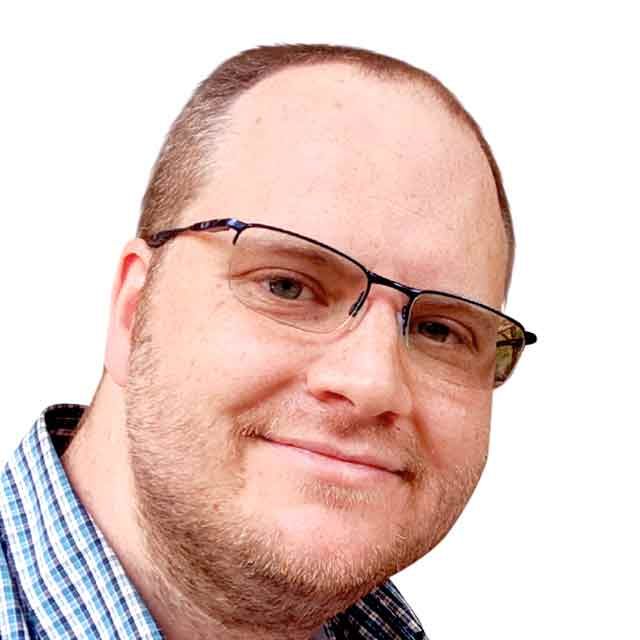
Jason Rodgers, MathWorks

Mark Danielsen
MathWorks
Mark Danielsen is a senior application engineer at MathWorks. His focus has been on supporting customers on Embedded Coder® as applied to AUTOSAR and other production code generation targets. Prior to joining MathWorks in 2011, Mark worked for over 17 years on embedded controls in the automotive industry for OEMs, such as Chrysler and General Motors, and suppliers, such as American Axle and Manufacturing. Mark has a bachelor of science degree in electrical engineering from Western Michigan University.

Bharath Sundar
Delphi Technologies
Bharath Sundar joined Delphi Technologies in 2017 and is a chartered engineer with the Institute of Engineering and Technology. He has worked at several OEMs and Tier 1 companies in Europe and the United States. He holds an M.S.E.E. and a B.S.E.E. from Virginia Tech.
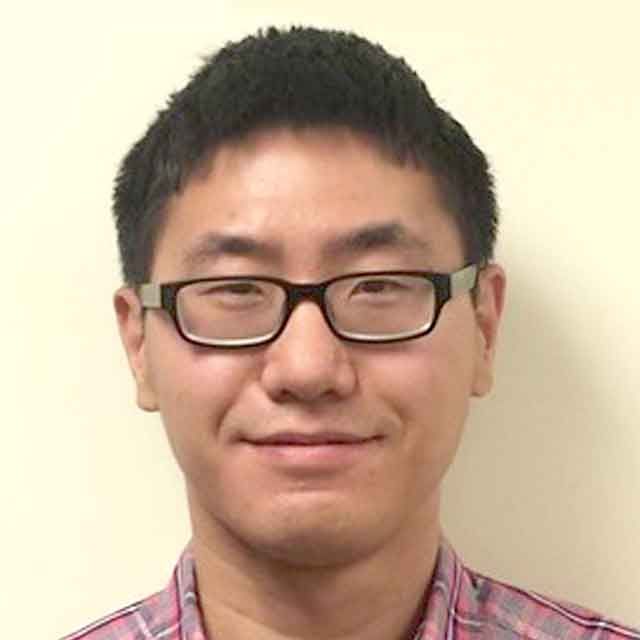
Shusen Zhang
MathWorks
Shusen Zhang is an application engineer at MathWorks for advanced driver assistance systems (ADAS) and automated driving segments. He is responsible for helping customers establish workflow using MathWorks solutions and building proofs of concept. His primary interest is algorithm development and testing for localization, mapping, planning, and controls. Prior to this role, Shusen was an application engineer focused on multidomain physical modeling and system simulation. Before joining MathWorks, Shusen was a development engineer at Navistar, working on smart cruise control systems integrated with map databases.
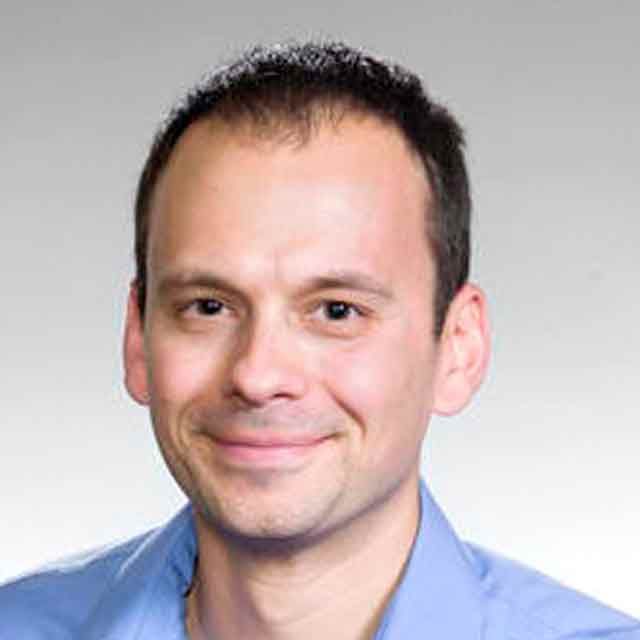
Jason Moore
MathWorks
Jason Moore, a senior consultant engineer, helps customers in the automotive, aerospace, medical device, and communications industries adopt Model-Based Design. His areas of focus include design verification and validation, building embedded HMI applications, working with the AUTOSAR standard, and code generation. Before coming to MathWorks, Jason worked at Denso, TRW, and Yazaki, developing automotive software applications ranging from antilock brake controllers to instrument clusters. Jason holds a B.S. and M.S. in electrical engineering from the University of Michigan-Dearborn.
Jim Allen
Delphi Technologies
Jim Allen joined Delphi Technologies in 1987 and manages the systems engineering group for Powertrain Gas and TCM products. He previously worked in Tools, then Independent Test and Verification groups. He has an M.B.A. from Indiana University, and an M.S.C.S. and a B.S.E.E. from the Queen’s University in Belfast, N. Ireland.
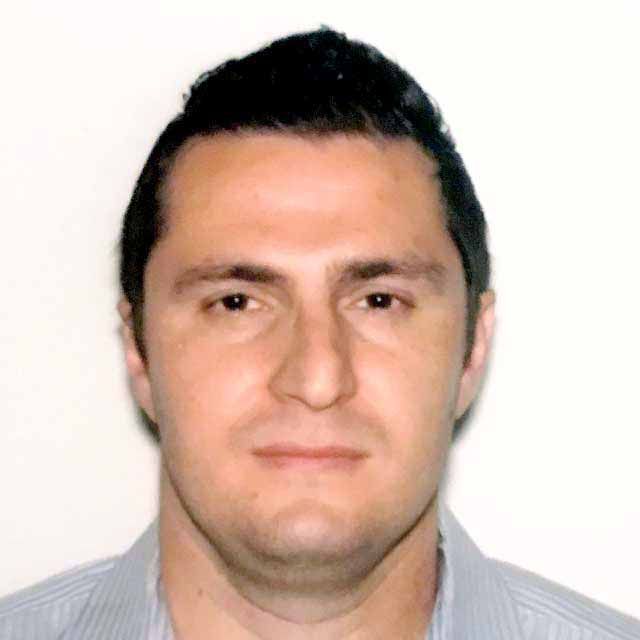
Mert Zorlu
Cummins Inc.
Mert Zorlu has been working for Cummins Inc. since 2005 in various roles related to engine and aftertreatment system performance, emissions, and diagnostic calibration. Currently, he is leading the Engine Integration team under the Dynamic Systems and Controls organization. He received a BSME from Georgia Tech in 2005 and an MSME from NC State in 2011.
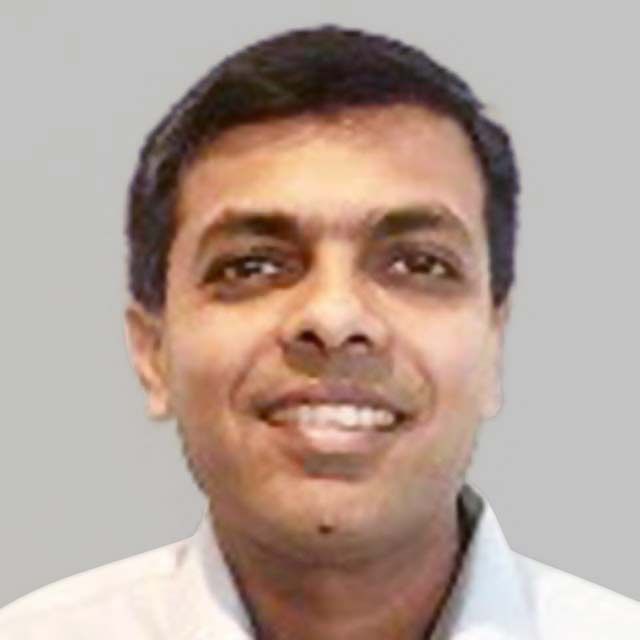
Nilesh Kulkarni
NIO Inc.
Nilesh Kulkarni currently works as the director of artificial intelligence at NIO Inc. In September 2016, he joined as the director of data science, and he explored personalization of in-vehicle immersive experiences, including music, podcasts, videos, etc., along with building out the vehicle health discipline within the company. The vehicle health applications included health estimation of critical vehicle systems such as batteries on the Cloud, as well as post-sales applications such as predictive diagnostics as part of the service operations program. From early 2018, he has been leading the traffic agent modeling effort at NIO, leveraging machine learning algorithms for producing real-life traffic behavior for the validation of the L4 Autonomous Driving software. From April 2004 to May 2012, he was a senior scientist at NASA Ames Research Center, working on intelligent control applications on flight and space systems. He was the lead for control algorithms development for the LADEE Lunar Orbiter Mission. In June 2012, he decided to explore data science applications in the consumer industry by joining a couple of startups: Truaxis Inc. (June 2012 to March 2014) and Shopkick Inc. (March 2014 to August 2016), where he served as a principal data scientist and director of data science in the personalization of their consumer services. He received a B.Tech. degree from Indian Institute of Technology, in Madras, India, in 1997; an M.S. degree from the University of Alabama in 1999; and a Ph.D. from Princeton University in 2007. Nilesh has received several NASA research awards, patents, and invention disclosures. He has published over 25 peer-reviewed papers in the areas of machine learning applications to aerospace and consumer systems.
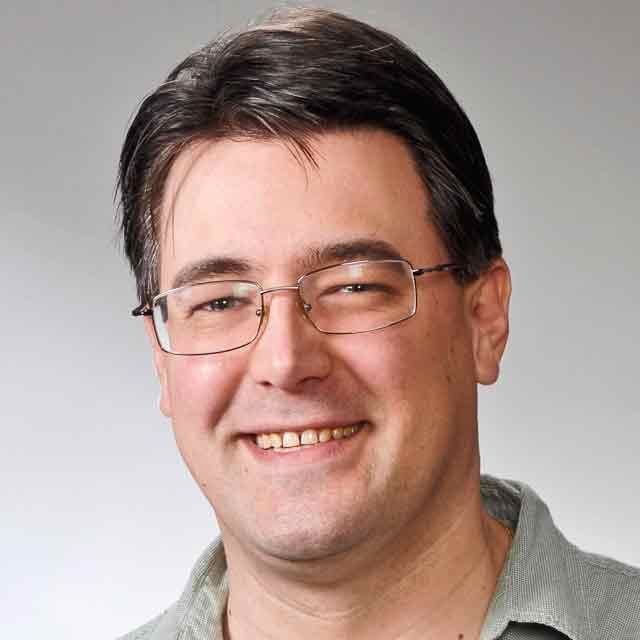
Mark Corless
MathWorks
Mark Corless is an automated driving segment manager at MathWorks, responsible for strategy planning and technology rollout. His focus is to help industry and academia leverage MathWorks tools to develop automated driving applications. Prior to this role, Mark was a principal application engineer focused on simulation and code generation workflows for control and signal processing applications. During this time, Mark helped customers establish workflows to develop algorithms for implementation on embedded processors and FPGAs. Before joining MathWorks in 2004, Mark was a DSP engineer at Visteon, where he designed automotive audio and receiver systems. Mark has a master’s degree in electrical engineering from the University of Michigan, Dearborn.
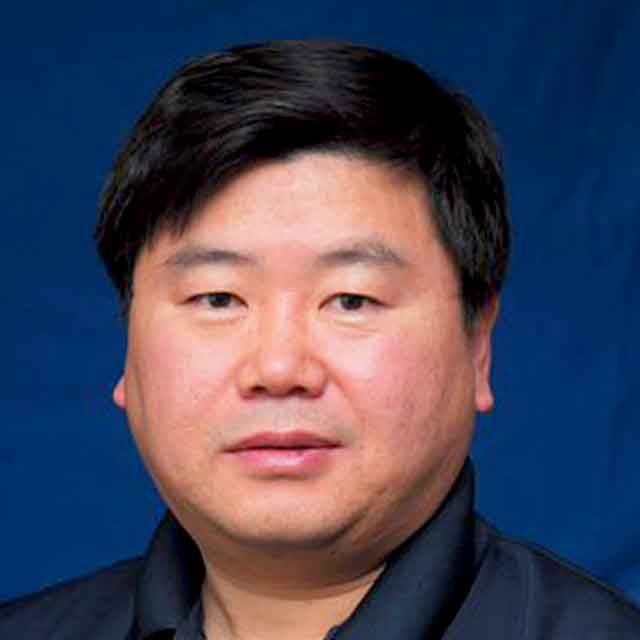
Seo-Wook Park
MathWorks
Seo-Wook Park is a principal application engineer at MathWorks, focusing on advanced driver assistance systems (ADAS) and automated driving. He is working on ADAS algorithm development, including vision and radar sensor fusion algorithms for forward collision warning and AEB, lidar 3D point cloud signal processing for autonomous driving, ground-truth labeling for vision data, and deep learning for computer vision. Before joining MathWorks, he worked in passive and active safety electronics development at Autoliv, Bosch, and Hyundai Autonet for over 20 years. He has a Ph.D. in robotics and control system from the Korea Advanced Institute of Science and Technology (KAIST).

Will Wilson
MathWorks
Will Wilson is an application engineer at MathWorks, where he focuses on data analytics, machine learning, and big data. Prior to joining MathWorks in 2015, Will spent 10 years working at Robert Bosch, LLC, in Plymouth, Michigan. There, he focused on safety-related products, including occupant classification systems and airbag control systems. His experience at Bosch included systems engineering, airbag calibration, technical project management, and strategic marketing with a focus on ADAS technology. Prior to Bosch, Will spent seven years working at Johnson Controls, where he designed and launched power seat track mechanisms. He holds a B.S. in mechanical engineering from Kettering University.
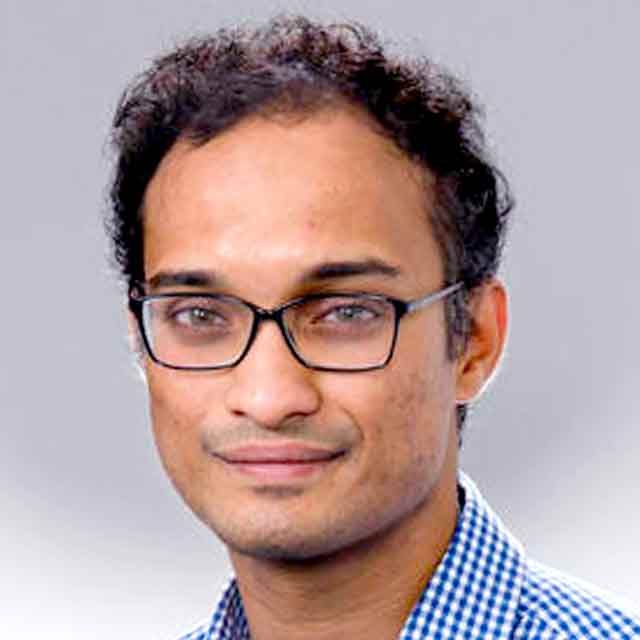
Aditya Baru
MathWorks
Aditya Baru is a senior product marketing manager at MathWorks. His primary focus is on the use of data science and deep learning for engineering applications such as predictive maintenance and reinforcement learning. He has an M. Eng in electrical and computer engineering from Cornell University.
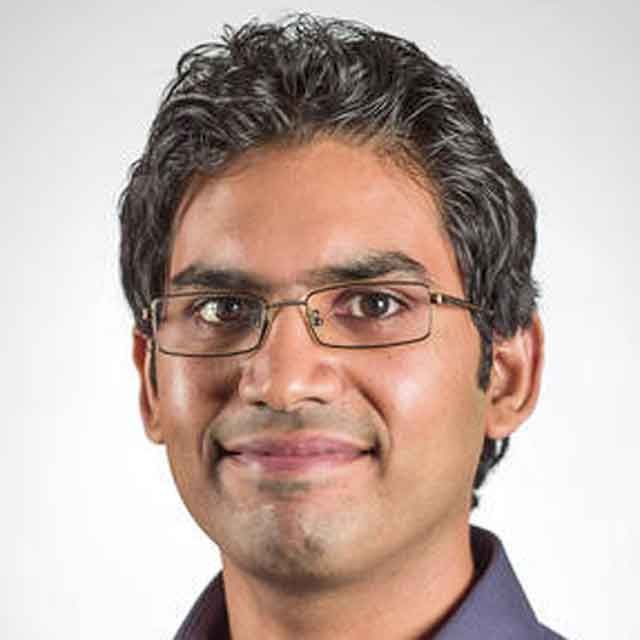
Arvind Jayaraman
MathWorks
Arvind Jayaraman is a senior application engineer at MathWorks. His primary focus is deep learning for automated driving. He has worked on a wide range of pilot projects with customers ranging from sensor modeling in 3D virtual environments to computer vision using deep learning for object detection and semantic segmentation. Arvind has also contributed features to MATLAB, including a support package to import popular deep learning networks from Caffe into MATLAB and features for the Video Ground Truth Labeling app for Automated Driving System Toolbox™. Prior to his current role, Arvind specialized in large-scale deployment of automatic C-code generation from Simulink® and AUTOSAR compliant C-code generation.
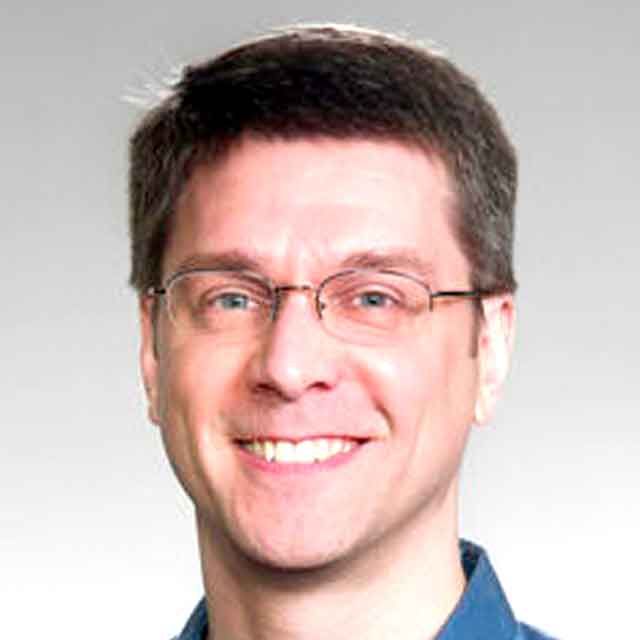
Mike Sasena
MathWorks
Mike Sasena is a product manager, focusing on the automotive products developed at the MathWorks office in Novi, Michigan. Prior to joining MathWorks, Mike spent 14 years working on model-based system engineering projects for the automotive industry. His experience includes hybrid electric vehicle modeling for fuel economy analysis, model predictive controls development, and heterogeneous system simulation. Mike received his Ph.D. in mechanical engineering from the University of Michigan in 2002.
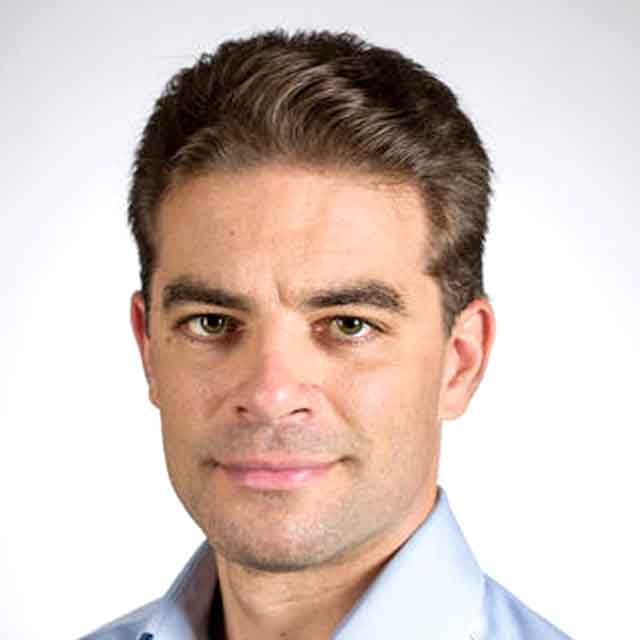
Javier Gazzarri
MathWorks
Javier Gazzarri is a senior application engineer at MathWorks. Previously, he worked at the National Research Council of Canada on numerical modeling of fuel cells, degradation diagnosis, impedance spectroscopy, inverse problems and regularization, and finite element analysis. Javier also worked at Tenaris/Siderca, doing experimental testing of materials. He has taught mathematics, mechanics of materials, and drafting. Javier holds a Ph.D. and an M.A.Sc. in mechanical engineering from the University of British Columbia, Canada, and a bachelor's degree in mechanical engineering from the Universidad de Buenos Aires, Argentina.
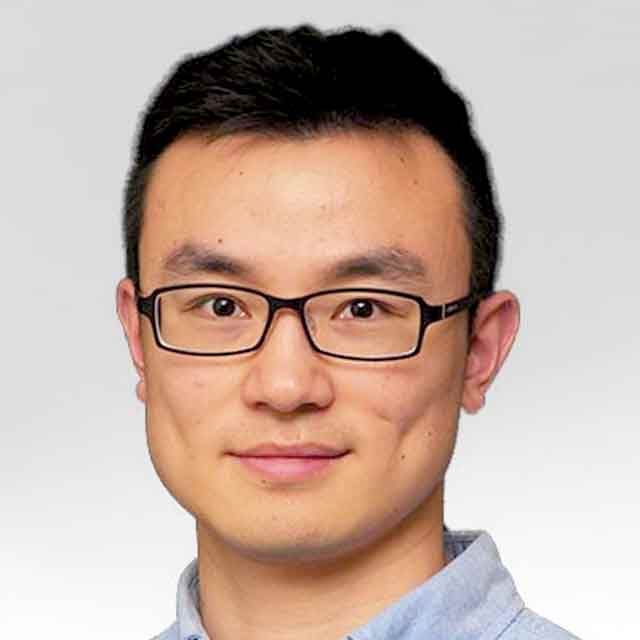
Dakai Hu
MathWorks
Dakai Hu is an application engineer at MathWorks supporting customers adopting Model-Based Design for motor and power controls. Prior to joining MathWorks, Dakai worked for Emerson Network Power on the controller design of 400 kVA to 1600 kVA uninterruptible power supplies. Dakai received his Ph.D. in electrical engineering from Ohio State University. While studying at OSU, he published five first-author conference and journal papers, with topics related to motor control and hardware-in-the-loop simulation designs.

Jason Rodgers
MathWorks
Jason Rodgers is a senior application engineer at MathWorks. Prior to MathWorks, he spent five and a half years at Toyota R&D in the Model-Based Design group. He specialized in powertrain modeling and using model-based control, along with various optimization techniques to develop new powertrain systems. Jason earned a B.S.M.E. and an M.S.C. from the University of Michigan.
keynote

Andy Grace
MathWorks
Andy Grace is the vice president of engineering for design automation tools. He is responsible for simulation, code generation, and testing products. He has more than 25 years of experience in software development and has been involved in the development of a number of MathWorks products, including Simulink®, Simulink Coder™, Control System Toolbox™, Optimization Toolbox™, and Stateflow®. He received his Ph.D. in computer-aided control system design (CACSD) from Bangor University. His area of research was the application of CACSD using multi-objective optimization techniques.

Mouham Tanimou
Robert Bosch
Mouham Tanimou is chief software engineer for commercial vehicles and off-highway at Robert Bosch in Germany in the area of connected vehicles. Mouham works on the Bosch cloud-based development program for embedded systems that delivers complete environment to develop, simulate, and deploy app-like features for embedded control units. Mouham has an MSc. in electrical engineering and holds a Ph.D in control system theory, both from the University of Kassel in Germany.
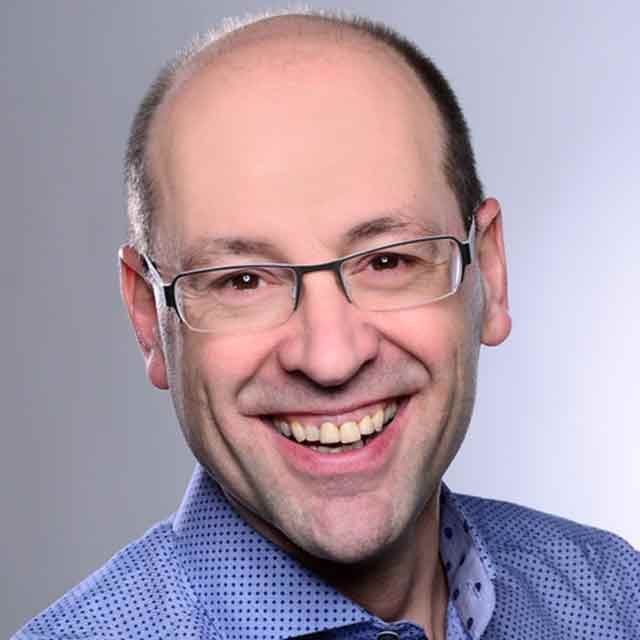
Micha Muenzenmay
Robert Bosch
Micha Muenzenmay has been the director of systems engineering for commercial vehicles and off-highway at Robert Bosch in Germany in the area of automation, electrification, and connected vehicles since 2016. Before that, he worked for many years as development manager in the area of diesel engine controls for commercial vehicles and off-highway customers worldwide. Micha’s career also included a three-year assignment in China to build up the local diesel calibration area. Over his career, hardware-, software-, and systems engineering and calibration stood in focus, in which simulation and efficient code development serves as a key technology. Micha has a Dipl.-Ing. in applied informatics from the University of Applied Sciences Esslingen and an MSc and a PhD in controls from the Glasgow Caledonian University.
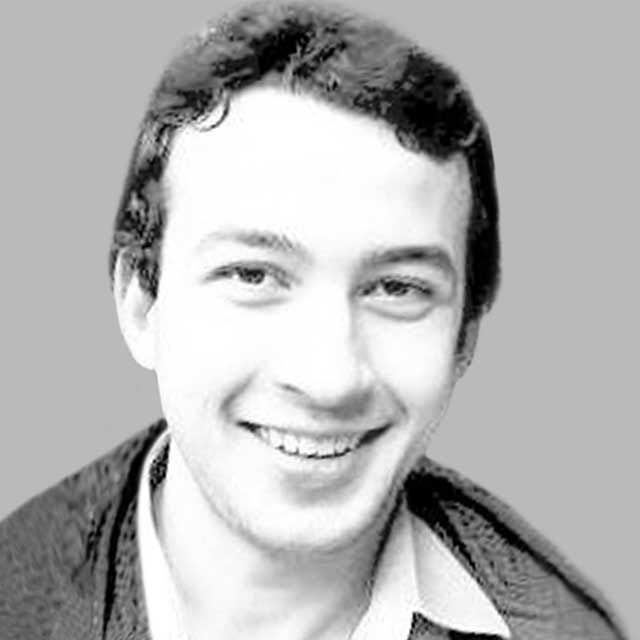
Kamran Turkoglu
NIO, Inc.
Kamran Turkoglu is a senior engineering manager at NIO, Inc. He is also serving as an assistant professor in the Department of Aerospace Engineering at San Jose State University. His current concentration is on decision making in highly uncertain and dynamic environments; path/motion/trajectory planning in highly dynamic, multi-agent settings; and control theory. His research focus throughout his career has been on nonlinear systems, consensus problems in multi-agent systems, optimization theory, real-time optimal guidance strategies, control theory, flight control systems, autonomous systems (including unmanned aircraft, aerial vehicles, self-driving cars and systems), and time-delayed systems.
Dr. Turkoglu received a BSc degree in aerospace engineering and a double major BSc degree in aeronautical engineering from Istanbul Technical University, Turkey, in 2005 and 2006, respectively. He received his MSc degree in aerospace and aeronautical engineering from Istanbul Technical University, Turkey, in 2007 and a PhD degree in control science and aerospace engineering from University of Minnesota in 2012.
Dr. Turkoglu is also the director of Flight Control Systems and UAV Laboratory (FCS Lab) and Control Science and Dynamical System Laboratory (CSDy Lab), located in Charles W. Davidson College of Engineering, Department of Aerospace Engineering at San Jose State University, and founder of an engineering consulting start-up xNorm LLC.
Dr. Turkoglu is also a member of AIAA, IEEE, IEEE Control Systems Society, ASME, and SIAM.
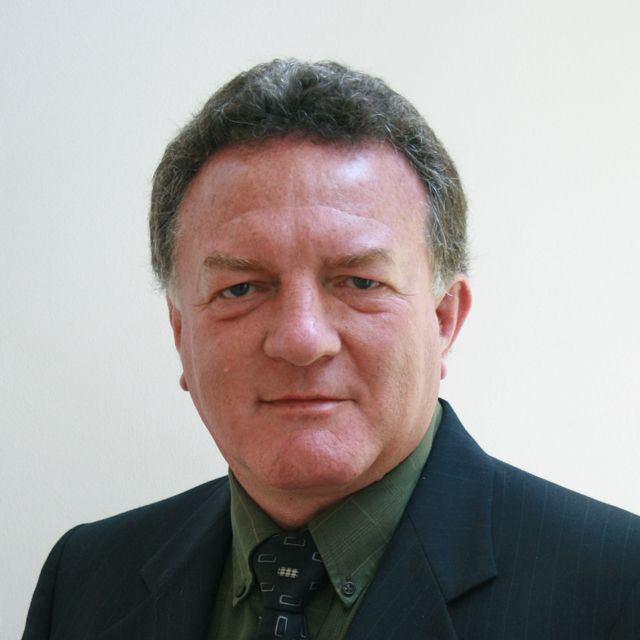
Jim Allen
Delphi Technologies
Jim Allen joined Delphi Technologies in 1987 and manages the systems engineering group for Powertrain Gas and TCM products. He previously worked in Tools, then Independent Test and Verification groups. He has an M.B.A. from Indiana University, and an M.S.C.S. and a B.S.E.E. from the Queen’s University in Belfast, N. Ireland.
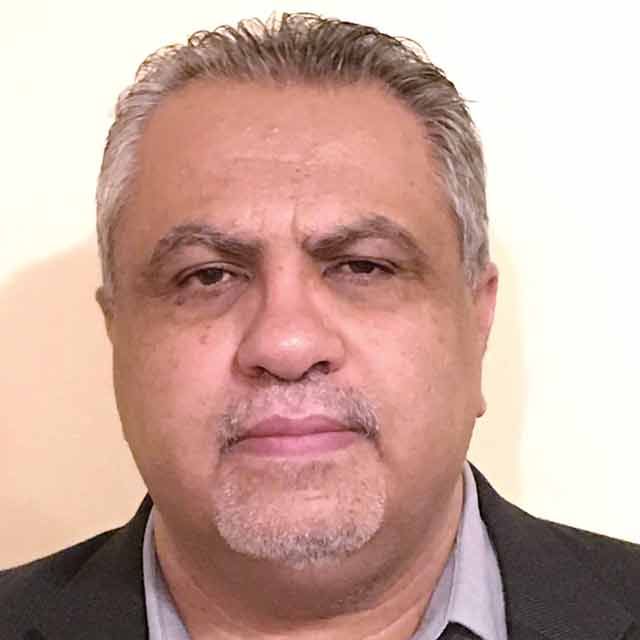
Majed Mohammed
Ford Motor Company
Majed Mohammed leads a global team of 16 functional safety engineers at the Electrical & Electronics System Engineering (EESE) division of Ford, where he oversees the ISO 26262 implementation in 60+ electronic control units in the areas of body electronics, in-vehicle infotainment, connected vehicles, restraints and airbags controls and advanced driver assistance systems (ADAS). He has a Ph.D. in EE from Wayne State University.
选择网站
选择网站以获取翻译的可用内容,以及查看当地活动和优惠。根据您的位置,我们建议您选择:。
您也可以从以下列表中选择网站:
如何获得最佳网站性能
选择中国网站(中文或英文)以获得最佳网站性能。其他 MathWorks 国家/地区网站并未针对您所在位置的访问进行优化。
美洲
- América Latina (Español)
- Canada (English)
- United States (English)
欧洲
- Belgium (English)
- Denmark (English)
- Deutschland (Deutsch)
- España (Español)
- Finland (English)
- France (Français)
- Ireland (English)
- Italia (Italiano)
- Luxembourg (English)
- Netherlands (English)
- Norway (English)
- Österreich (Deutsch)
- Portugal (English)
- Sweden (English)
- Switzerland
- United Kingdom (English)

